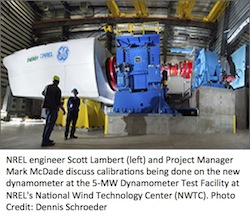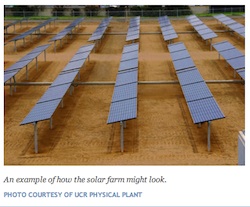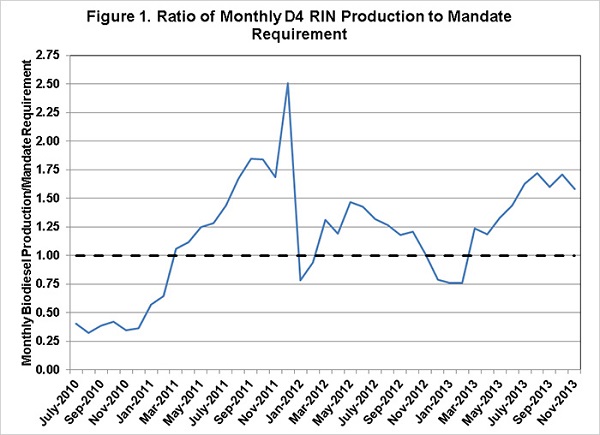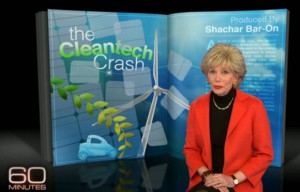 A biodiesel maker in Dubai in the oil-rich Middle East is looking to expand out of its region and expand out of its primary feedstock supplier: McDonald’s. This article from the Wall Street Journal says for the last couple of years, Neutral Fuels has been turning used french fry cooking oil into the green fuel, while expanding from the United Arab Emirates (UAE) to Asia, Africa and the Pacific.
A biodiesel maker in Dubai in the oil-rich Middle East is looking to expand out of its region and expand out of its primary feedstock supplier: McDonald’s. This article from the Wall Street Journal says for the last couple of years, Neutral Fuels has been turning used french fry cooking oil into the green fuel, while expanding from the United Arab Emirates (UAE) to Asia, Africa and the Pacific.
That was 2011, and McDonald’s trucks have now travelled more than 2 million kilometers on biodiesel in the U.A.E. British citizen Mr. [Karl] Feilder has since agreed to help McDonald’s roll out a similar process in the Asia Pacific, Middle East and Africa region where the chain is rapidly opening new stores. At the end of 2012, Neutral Fuels, the SME’s biodiesel subsidiary, set up a production facility in Melbourne to serve 152 McDonald’s outlets in the state of Victoria, and eventually aims to integrate 1,000 outlets in the wider Australia market.
Then in September, Neutral Fuels received 4 million Australian dollars from Lignol Energy Corporation, listed on Canada’s TSX Ventures Exchange, to acquire a 40% equity stake in the SME and a 51% interest in its Australia and New Zealand biodiesel operation. This year, Mr. Feilder wants to expand further. “There are two to three new countries on our list,” he said in an interview. “We want to be in five countries by the end of the year.”
China, Japan and Australia are currently McDonald’s biggest markets in the APMEA region, he said, without disclosing in which countries operations would next be started. Based in Dubai, The Neutral Group has set up offices in Australia, China, Hong Kong, New Zealand and South Africa.
The Neutral Group is also turning used cooking oil from Atlantis The Palm, one of Dubai’s signature hotels, into biodiesel and sells all its fuel on the open market in competition with petroleum-based diesel. A deal with Emirates Group and Etihad Airways is also in the works.











